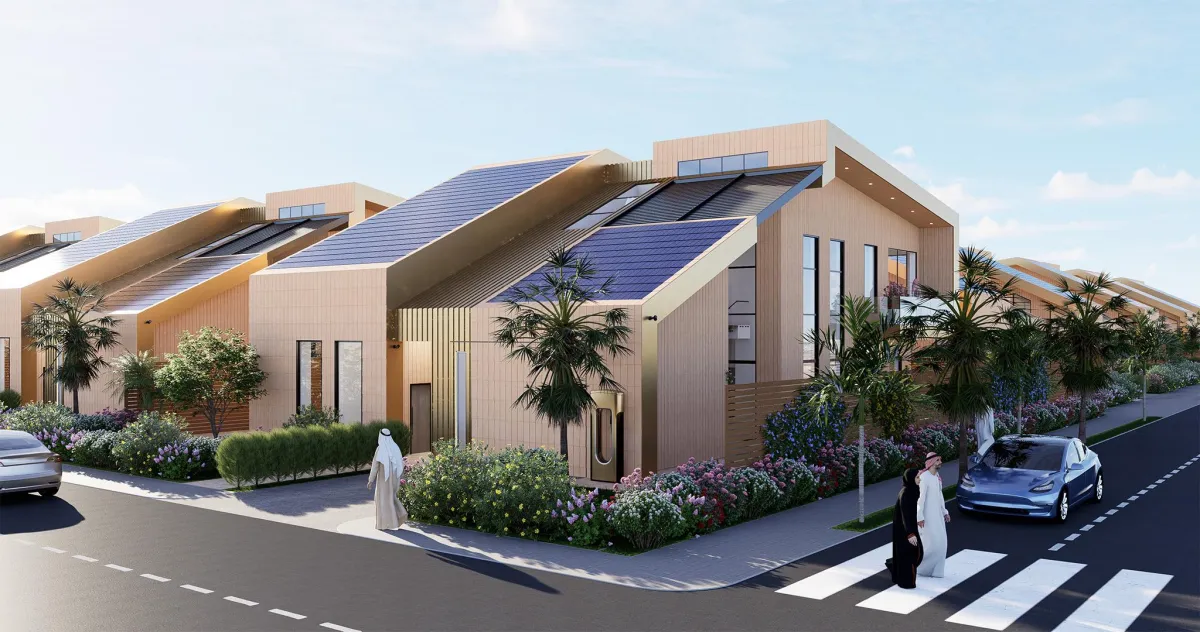
House of the Future
Dubai, United Arab Emirates
Typology: Residential
Size: 300 sqm
Status: Concept
The House of the Future is a visionary smart home design located in the heart of the United Arab Emirates, blending traditional elements with cutting-edge technology to redefine luxury living. This four-bedroom oasis features a grand double-height atrium that fills the home with natural light and creates a sense of openness. It stands out for its commitment to sustainability, incorporating solar energy solutions that seamlessly integrate with its traditional design elements. This project embodies the essence of the UAE’s rich heritage while paving the way for a greener, smarter future.
Modular Construction: Efficient and Sustainable Building
The design employs modular construction techniques, assembling pre-fabricated modules in a controlled factory environment before transporting them to the construction site. These modules are then stacked or connected to form the complete building, allowing for faster construction, cost efficiency, reduced environmental impact, and high-quality construction standards. This method leverages the benefits of precision manufacturing and minimizes on-site disruption
.Smart Technology: Enhancing Modern Living
The integration of advanced smart technology in the home features an eight-zone temperature control system, a 360-degree smart home surveillance system, and time-automated temperature and lighting controls. These technologies not only enhance security and comfort but also improve energy efficiency. Integrated Photovoltaic Solar Tiles: A Sustainable Energy Solution The House of the Future seamlessly integrates photovoltaic (PV) solar tiles that blend into the roof design, enhancing the home’s aesthetics while generating renewable energy. These solar tiles contribute to the home’s sustainability by reducing energy costs and promoting the use of clean energy. The integration of PV tiles aligns with the project’s commitment to environmentally friendly solutions without compromising on design.
High-Performance Shading Systems:
Comfort and Energy Efficiency High-performance automated shading systems are another key feature of
this smart home. These systems regulate natural light and help maintain a comfortable indoor temperature, reducing the reliance on artificial cooling and lighting. The automated shades adjust based on the time of day and weather conditions, optimizing the home’s energy efficiency and providing a comfortable living environment.
Naturally Thermoregulating Interior Atrium: Optimal Indoor Climate
A naturally thermoregulating interior atrium is central to the design of the House of the Future. This atrium enhances the home’s energy efficiency by promoting natural ventilation and maintaining an optimal indoor climate. The design incorporates a cooling pond that helps regulate the temperature, creating a comfortable living space that adapts to the region’s climate.
Advanced Home Features: Luxurious and Functional
The House of the Future is equipped with various luxurious and functional features designed to enhance the living experience. These include:
High-Performance Facade: The facade uses materials like terracotta tiles, metal roof panels, and thermally modified wood cladding, which provide durability, aesthetic appeal, and natural insulation. Wireless Controlled Systems: The home is fitted with wireless-controlled systems for convenience and security, including automated garage doors and smart lighting.
Heated Floors and High-End Finishes:
The interior features heated floors in the kitchen, dining, and bathrooms, fitted hardwood cabinetry, stone tile flooring, and marble countertops, all contributing to a luxurious and comfortable living environment. The House of the Future represents a harmonious blend of tradition and innovation in the UAE. Through its modular construction, smart technology integration, sustainable energy solutions, and high-performance design elements, this project exemplifies the future of residential architecture offering a sophisticated and comfortable living space while promoting sustainability and efficiency, making it a model for future housing developments.
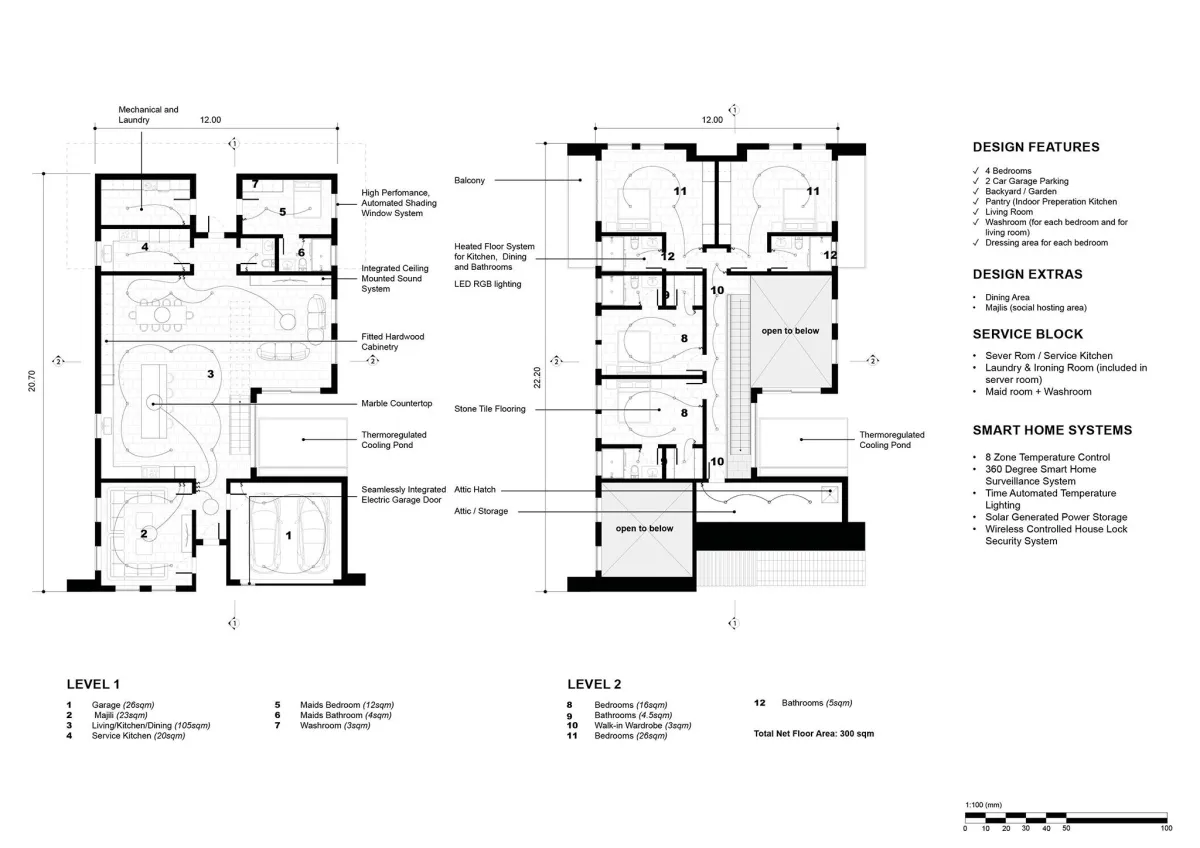
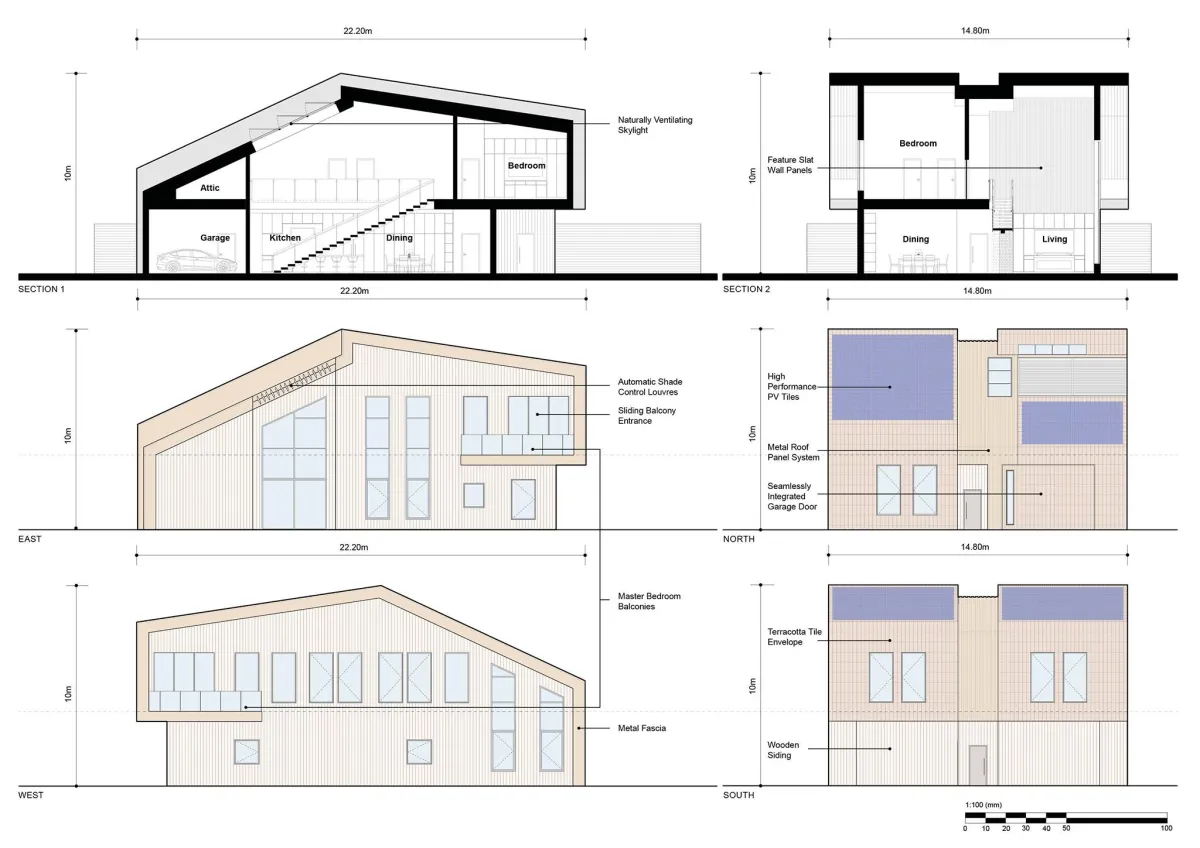
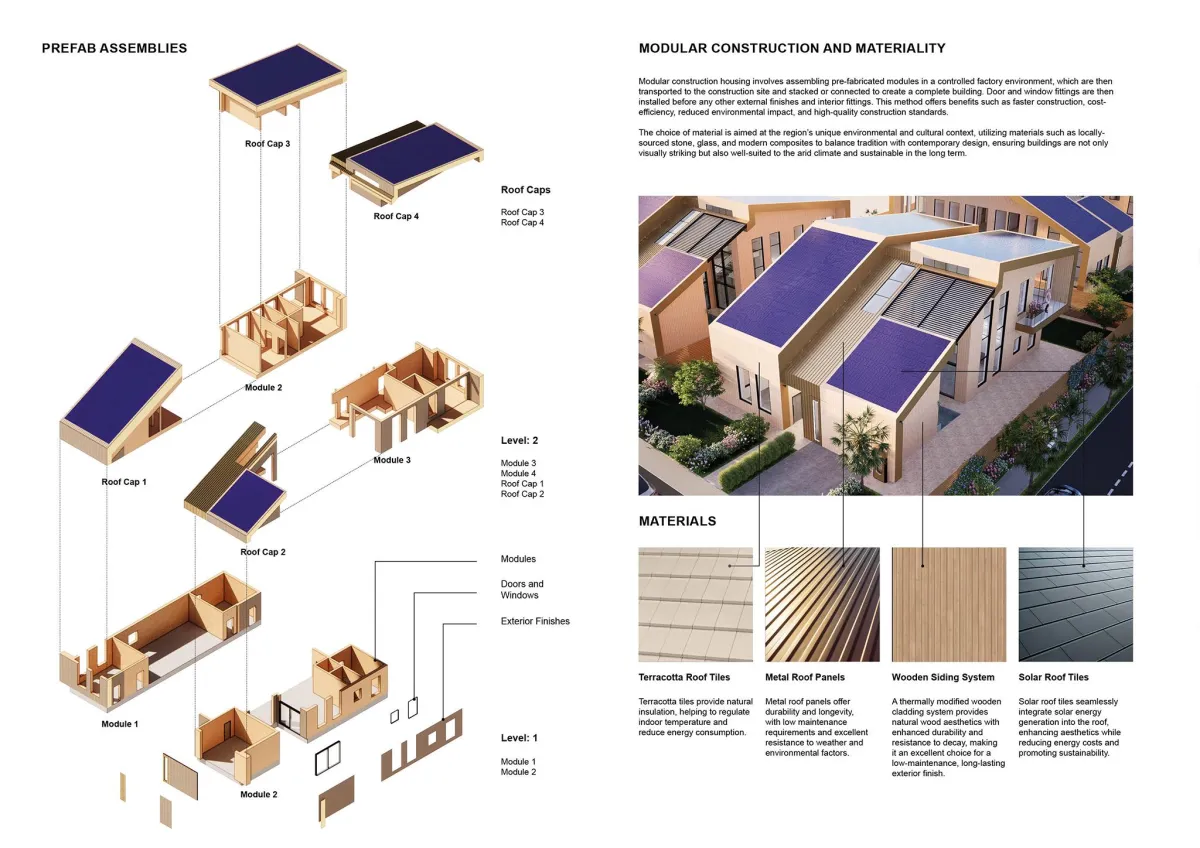
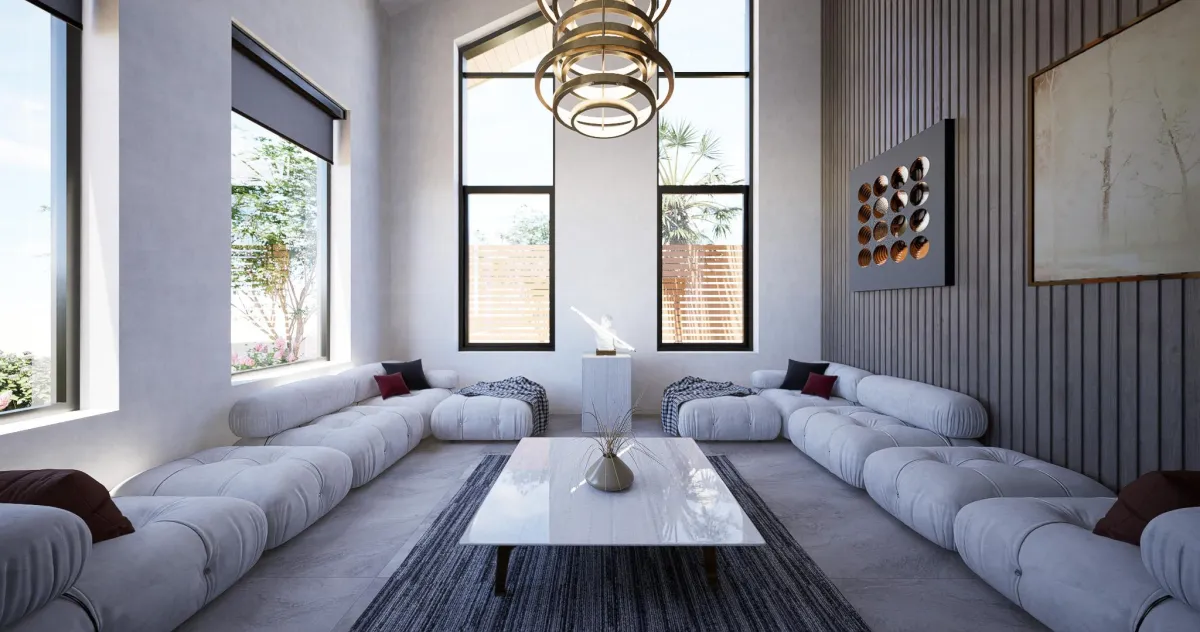
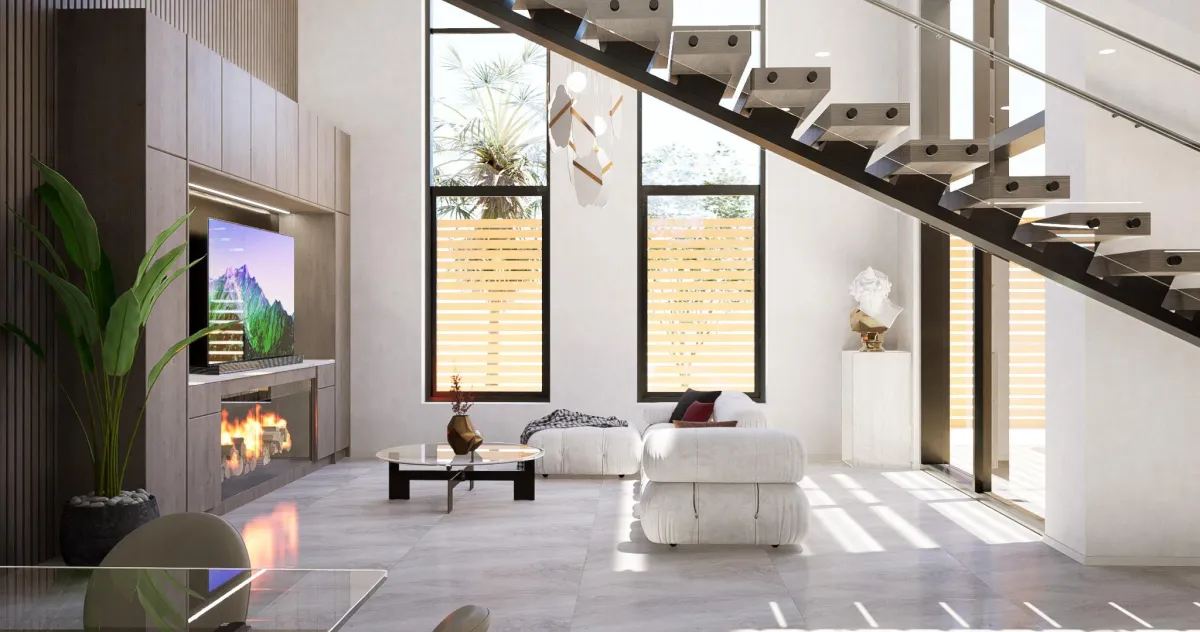
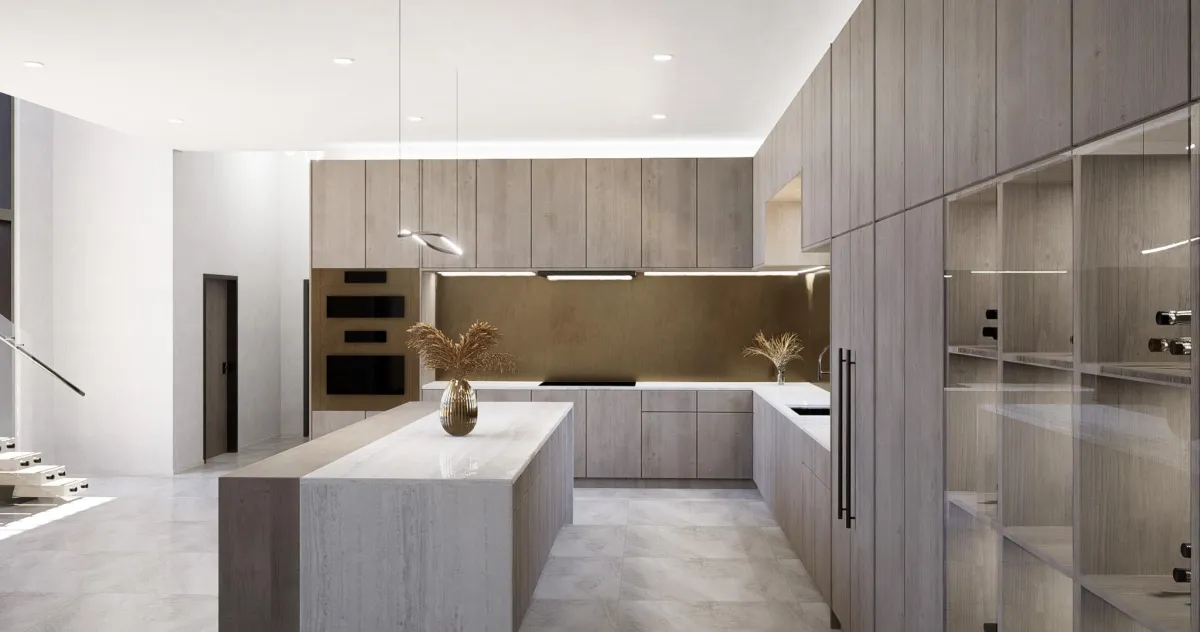
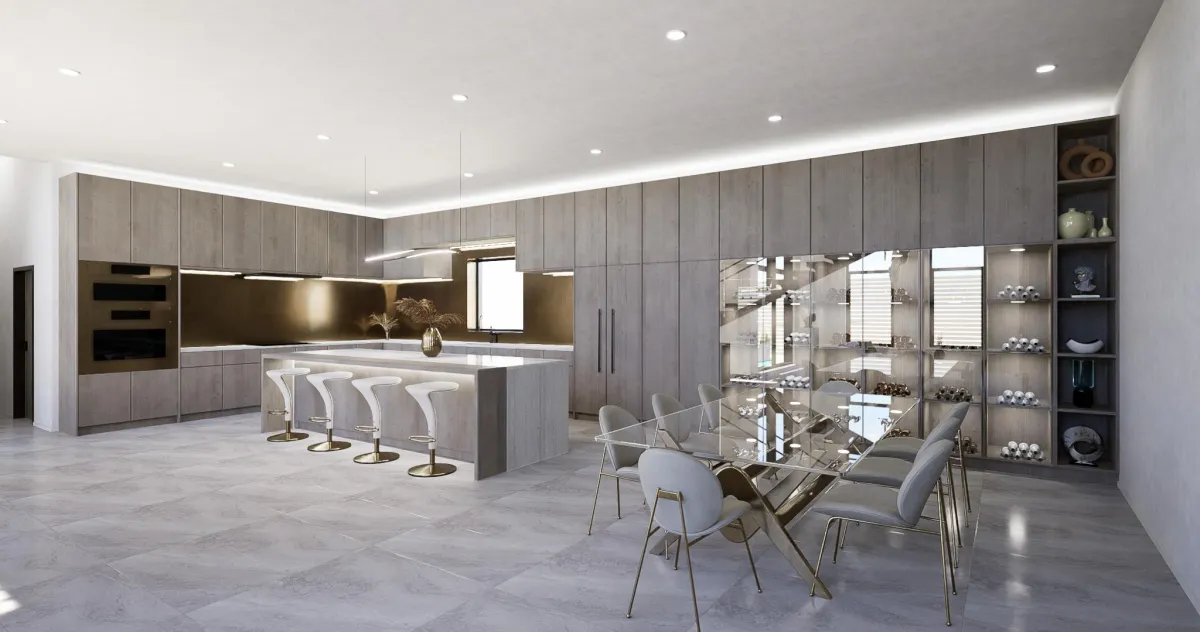
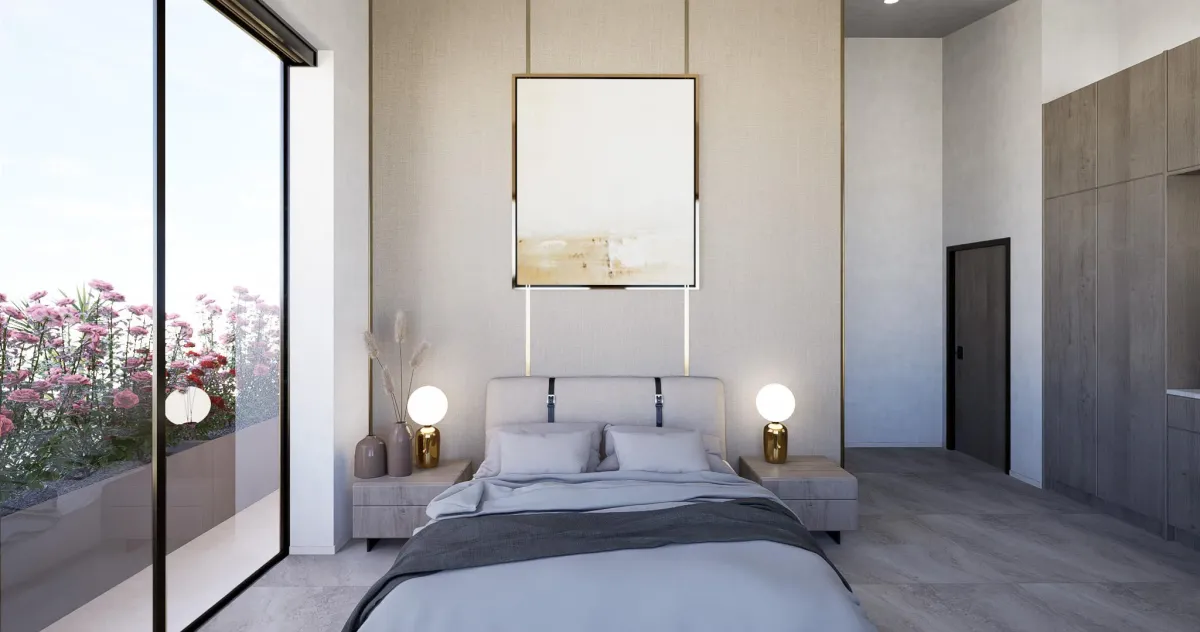
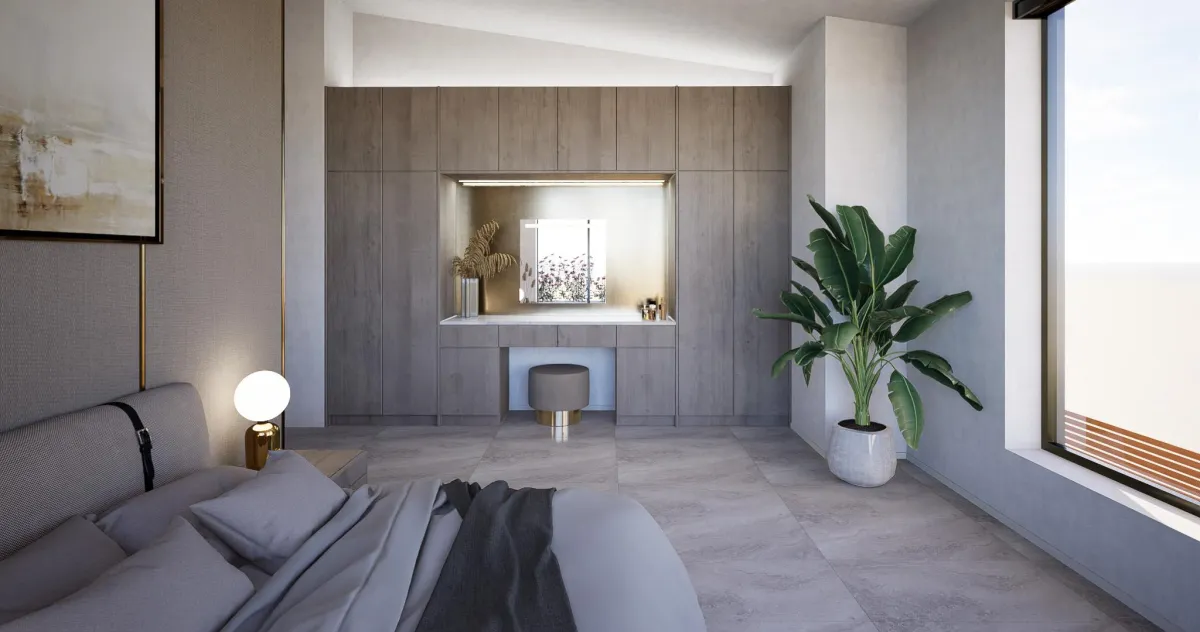
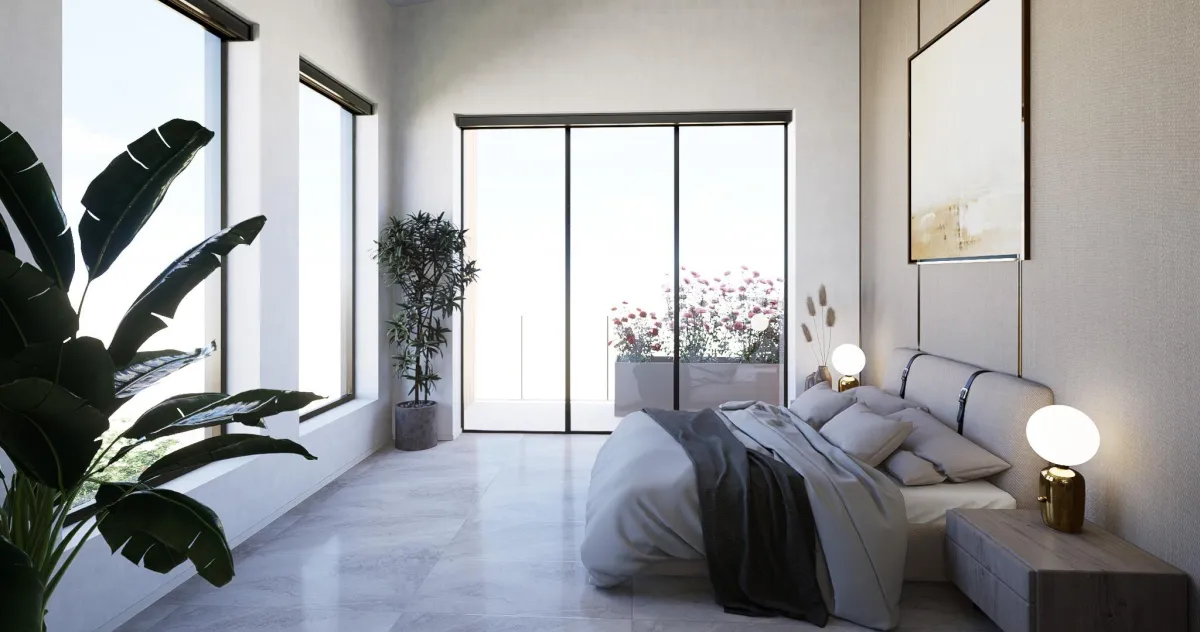
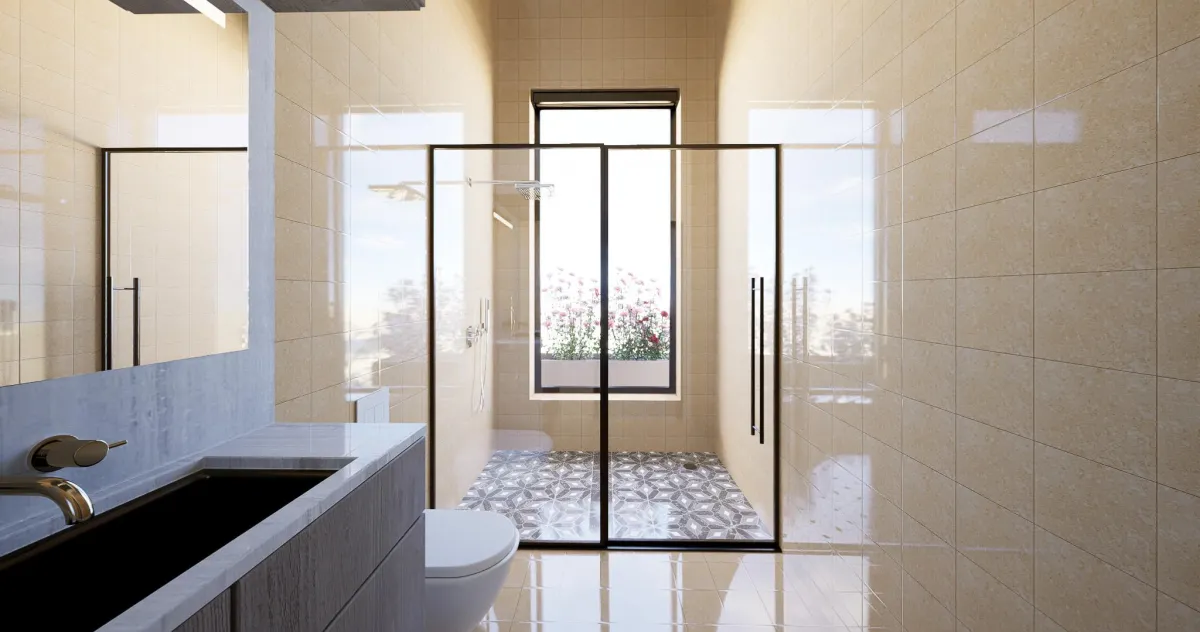
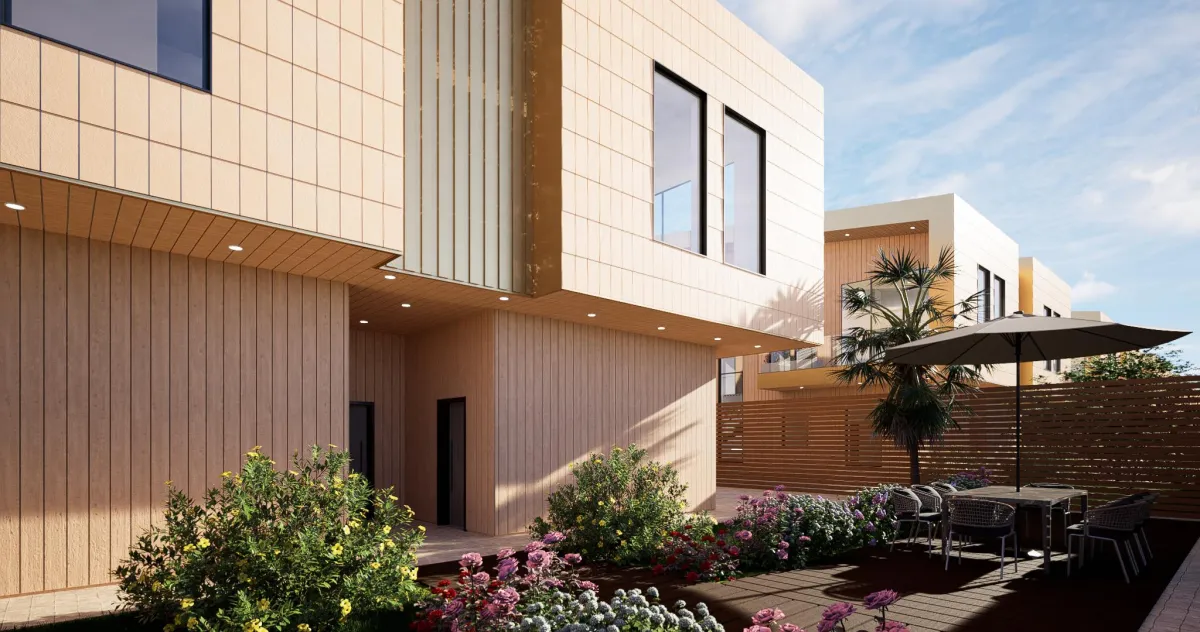
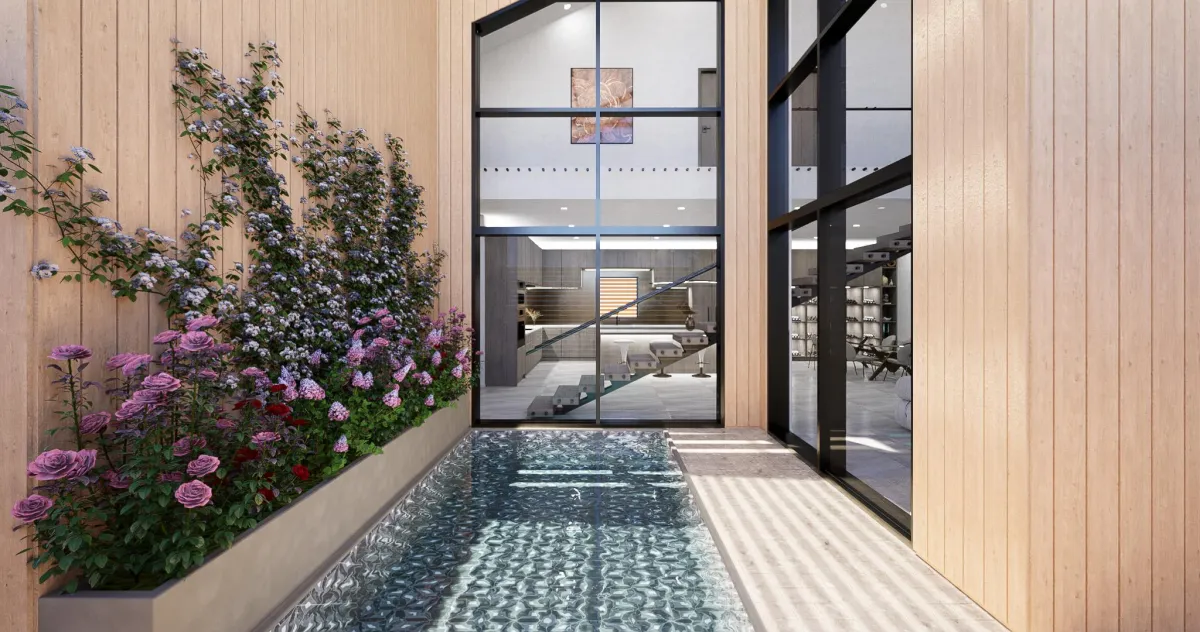
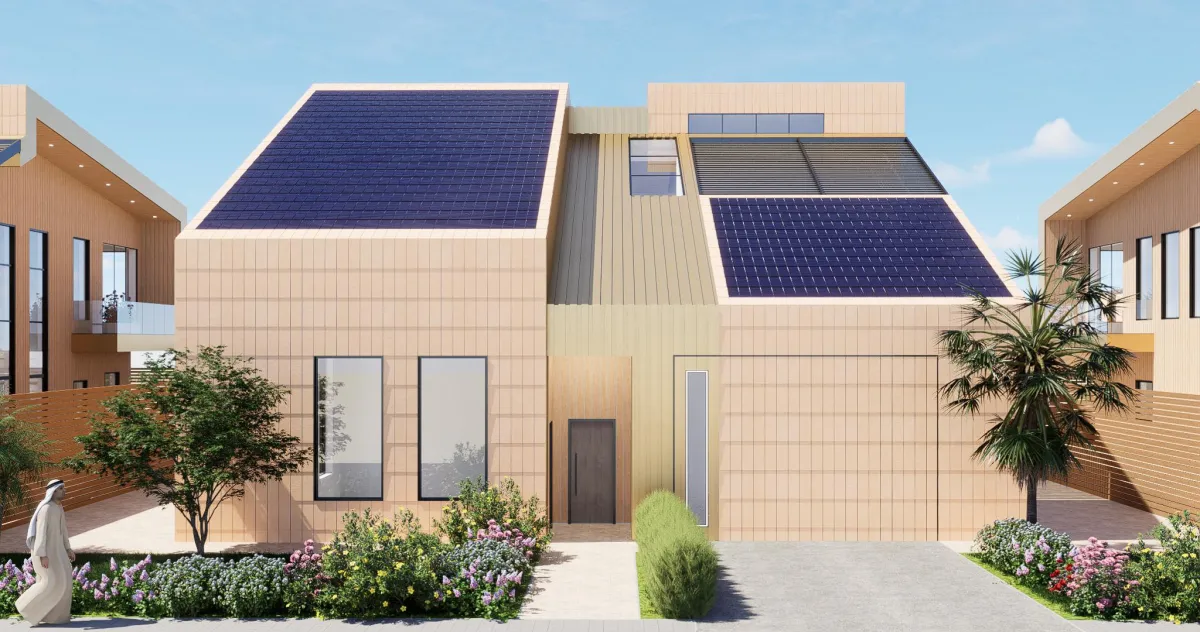
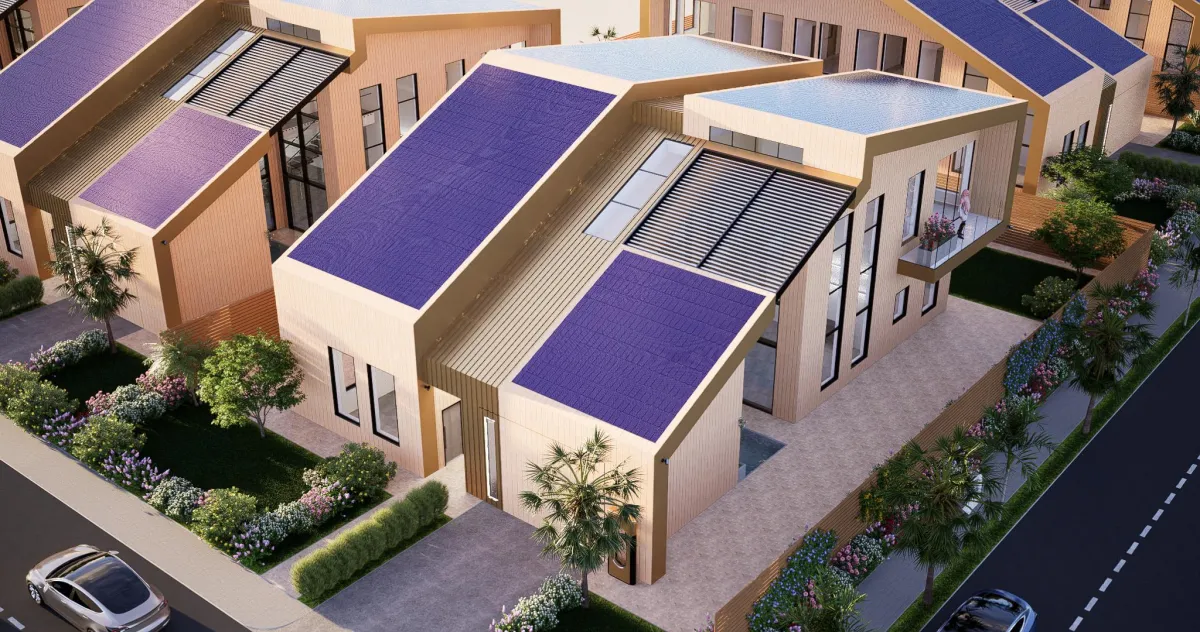
New Project Inquiries
Interested in working with us?
Career Opportunities
Looking for a job opportunity?
Address & Phone
1411 Broadway
New York, NY 10018
+16464666151
Practice Areas
Architecture
Planning
Sustainability
Urban Design
Space Architecture
© 2024, Daniel Inocente Architecture D.P.C. | DIA


